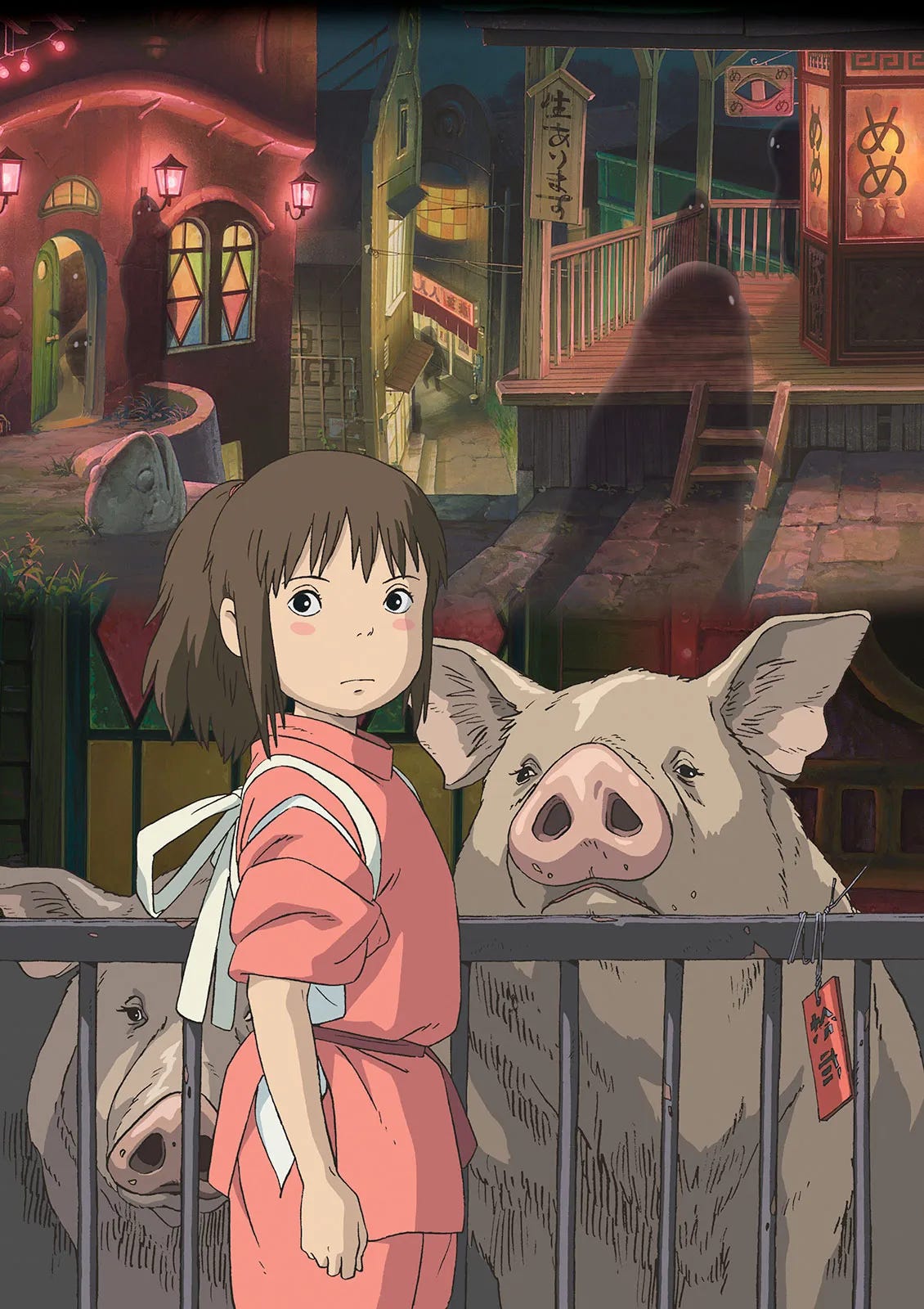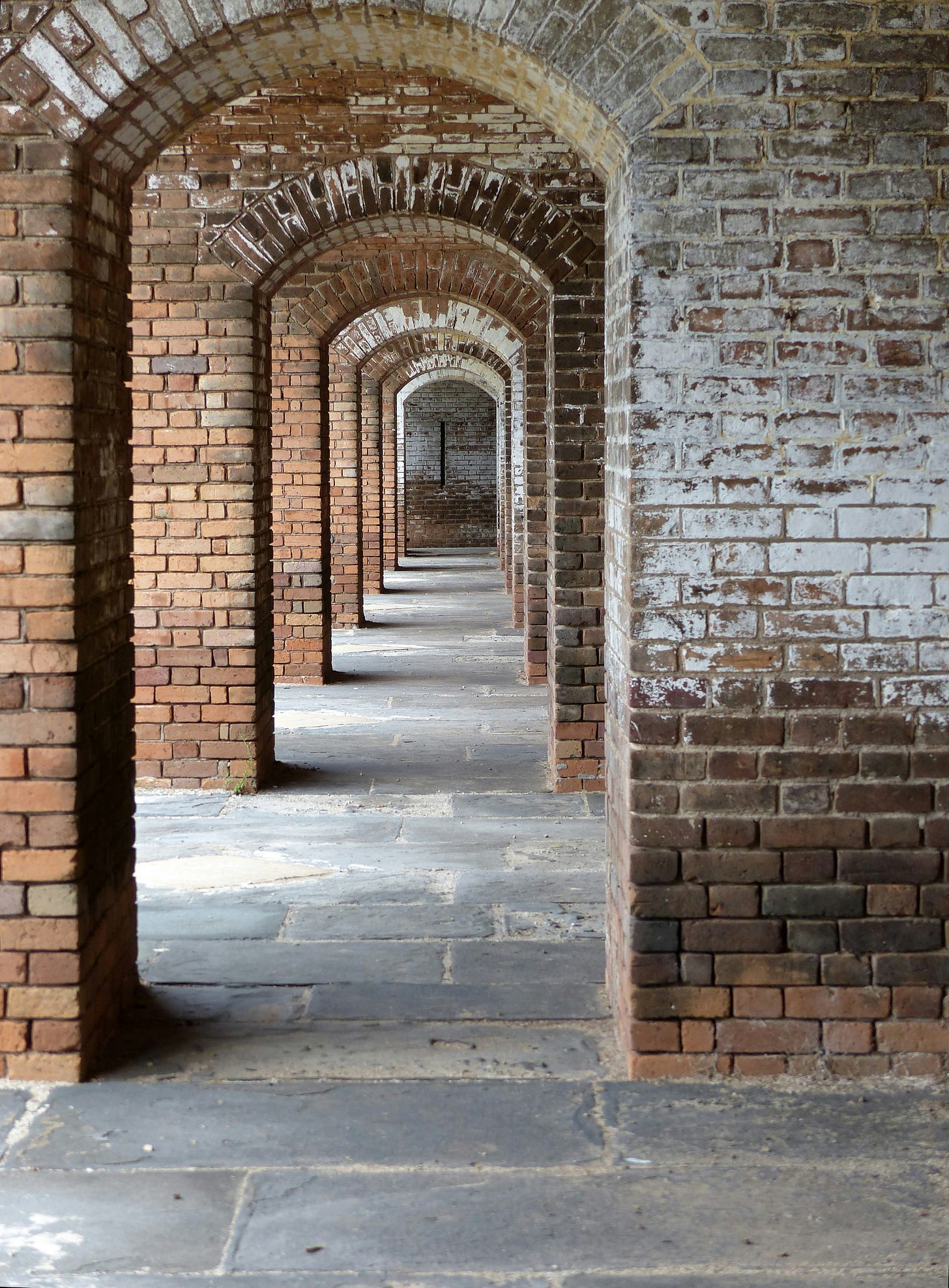How to Stay Creative in a World That Won’t Stop Distracting You
9 powerful takeaways from my conversation with Austin Kleon, author of Steal Like An Artist, Show Your Work, and Keep Going
When Austin Kleon, the New York Times bestselling author of the creativity classics Steal Like An Artist, Show Your Work!, and Keep Going, joined me for a Substack Live conversation, I expected a smart and funny chat about creativity. And it was… but it was also a lot more than that.
Austin waded right into the existential deep end, offering his thoughtful perspective on how to make art in our hyperconnected, always-on, social-media-blasting, monetize-everything, hey-look-at-me-I’m-a-brand world. His candor was refreshing, and his time-tested advice for artists of all kinds was both inspiring and tactical.
Here are 9 powerful takeaways from our conversation, accompanied by quotes from Austin. If you’d like to watch the conversation in its entirety, the full video replay is available here.
(Editor’s note: some quotes have been lightly edited for clarity and concision.)
1. Social media is a “trough,” and we’re all being fed.
Austin didn’t hold back about social media. He came out swinging.
“I always think about the way that it’s called a social media feed. And that’s the way people operate…. we’re like pigs in the trough, you know?”
It reminded me of the Miyazaki movie, Spirited Away, when Chihiro, the young protagonist, watches in horror as her parents turn into pigs after greedily eating food left out for spirits. Only we’re not the spunky, brave heroine who goes on to save her mom and dad—we’re her insatiable, gluttonous parents.
But let’s temper that self-criticism for a second. In all fairness, social media is literally engineered to keep us reactive, emotional, outraged, or just numbly entertained. And none of these states supports creative work. As Austin explained:
“You reacting to things is really how they keep you plugged into social media…. to be in a creative state, you need to be receptive, but it needs to be an active reception.”
Creativity isn’t about hyper-stimulation. Just the opposite: it’s about having a calm enough mental space to notice your own ideas and feelings. If you want to make anything meaningful, you have to give your mind something better than the endless roaring feed, a quieter place where your own ideas can actually surface.
2. You can’t just quit distraction — you need somewhere better to run.
This was one of the most resonant and practical insights of the hour:
“The thing about phone addiction and being on social media and just being glued to the news… You can’t just eject and run away [from] it. You have to have something to run to. You have to have something that… you can replace it with.”
Escaping the pull of your smartphone isn’t about having heroic willpower. It’s about replacing the dopamine junk food with something real and nourishing. Whether it’s taking a walk, writing in a journal, going on a walk, or reading a book, your best strategy is to find something else to care about.
3. Your phone is a doorway
Austin referred to the phone as a “portal” that resets your brain every time you open it.
“The problem is every time you open up your phone, that’s another doorway. That’s another portal you go through.”
While the framing might sound charmingly imaginative, like something out of a fairy tale, the implications are all too real. Frankly, most of those portals spit you out somewhere that’s a waste of your time.
Austin has a simple technique for avoiding this. He protects two times: mornings and evenings.
“So when I wake up in the morning, I make breakfast, coffee, and toast for my wife, make sure my kids are good. And then for like 30 minutes, I just write in my diary…. just seeing what I’ve got inside of me. Because I think part of the problem is that we’re taking in all the time but no one takes any time to process what you’re taking in…. And then at the end of the day, before we go to bed, I plug my phone in in the kitchen, and then I go to bed, and then I just read.”
Austin concedes that this isn’t easy (“I try to get my friends to do it and they really can’t do it. It’s… really hard”), but it’s worth trying. Two half-hour windows at the start and end of your day could have an outsized effect on the quality of your life.
4. Use space to hack your brain into the creative state.
One of Austin’s most actionable habits involves designing your surroundings to promote creativity. How does he do it? Simple. He keeps two desks in his studio:
A digital desk (computer, internet, chaos)
An analog desk (paper, pens, no electronics)
Austin explained that simply turning his body from his digital desk to his analog desk creates a mental doorway into creative mode, a tiny spatial cue that tells his brain, now it’s time to make things.
“I will literally turn from the digital desk to this other desk… and… just that little motion of, Okay, we’re spacing this way now. This is when… this is creative time… just that little spatial shift works.”
What if you don’t have room for two desks? Or a studio/office at all? In that case, think smaller: two computers (an old laptop just for writing), two notebooks (one just for ideas), two pens… you get the idea.
Keep reading with a 7-day free trial
Subscribe to Author Insider to keep reading this post and get 7 days of free access to the full post archives.




